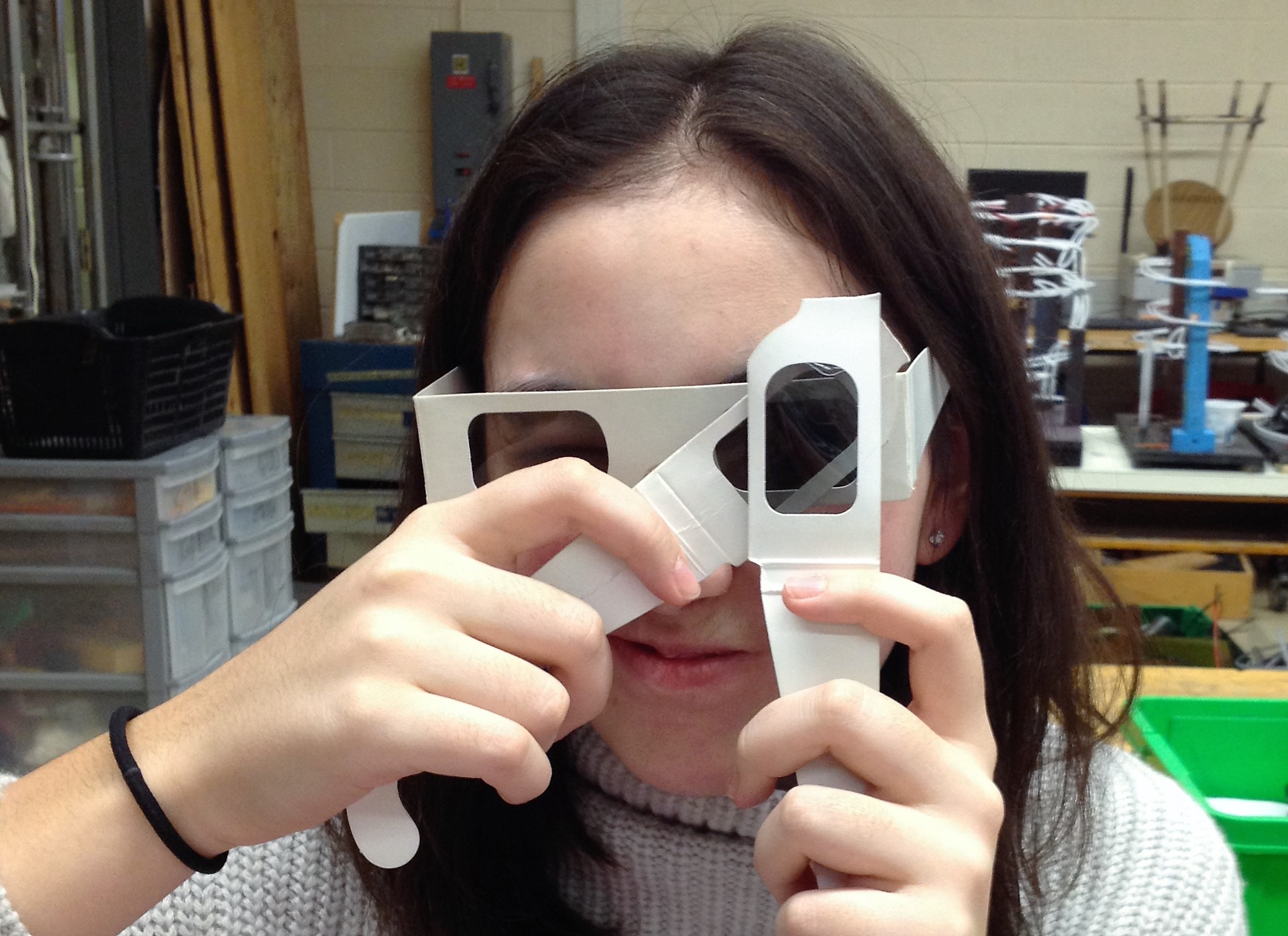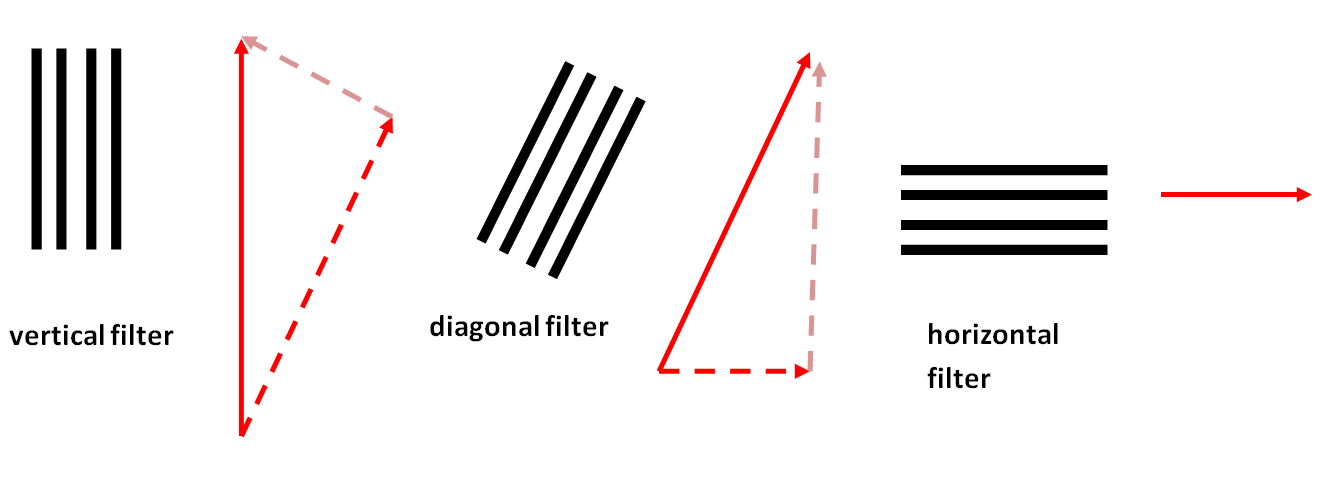Roberta Tevlin, teacher Danforth CTI, editor OAPT Newsletter
roberta.tevlin@tdsb.on.ca
Edited by Tim Langford
Are you getting frustrated reading answers that ramble on and don’t make much sense? Does it look like your students are writing everything they know about the topic in the hope that some part of it answers the question? Writing with the 4 Cs is a teaching technique to improve writing and thinking.
Poor student writing drives me crazy. After years of complaining about it to my colleagues I realized I needed to explicitly teach my students how to write properly. I was especially motivated after attending Dave Doucette’s workshop on
Getting the HOTS for Physics. (Note: HOTS are Higher Order Thinking Skills). Dave’s workshop helped me recognize that better writing comes from and leads to better understanding.
What are the 4 Cs of a good answer?
The first C stands for
Correct. This much seems obvious to students. However, in addition to the answer being correct, none of it should be incorrect. Furthermore, the answer should also be
Complete. Students who race through tests and homework have trouble with this one. A different kind of student has trouble with
Concise. An explanation becomes weaker if it contains unnecessary verbiage, repetitive redundancies or irrelevancies. Finally, the response should be
Clear. The clarity of an answer will already be fairly good if it is complete and concise. It can be improved further by ordering the information properly, keeping sentences short and providing emphasis.
How can you train your students to write with the 4 Cs?
Students need practice and explicit guidance analyzing answers that are weak in one or more of these aspects. Having them mark each others’ answers does not provide enough guidance — at least at the beginning. The best approach is to have all students analyze the same set of answers to a single question. The quality of the answers should range from poor to mediocre. Extremely good or bad answers do not provide as much scope for learning. Instructions for the students look something like this:
- Draw a
line through the words and phrases that are not Concise. - Place an ✗ beside any statement that is not Correct.
- Place a ? beside any statement that is not Clear.
- Consider what two or three key concepts are needed for a Complete answer and place a ✓ beside each one that appears in the answer.
How do you apply the 4 Cs to student answers?
Suppose that your students had explored the surprising demo of what happens when you place a third filter between two polarizing filters that are blocking all the light.


With a few helpful hints, they develop an explanation, which you summarize. The next day you ask them to analyze some student answers to the following question:
“You have two polarized filters that block all the light. Explain how a third filter between these will let light through.”
One student answer was:
“Although the 2 filters will block all light, with a third filter some light is let through. This is because if the light is blocked, the filters are opposite, but if a third filter is added at an angle in between, the light bends and is able to let us see some light that was not there before.”
Tell students to begin their analysis by dealing with
conciseness: cut to the core of the answer. The first sentence is not needed; it just rephrases the question. Draw a line through it. We also don’t need “This is because,” so draw a line through that phrase.
“Although the 2 filters will block all light, with a third filter some light is let through. This is because if the light is blocked, the filters are opposite, but if a third filter is added at an angle in between, the light bends and is able to let us see some light that was not there before.”
We are left with a rather long and convoluted sentence. Let’s break it into three parts:
“…if the light is blocked, the filters are opposite…” This is good start, but the term “opposite” should get an ✗. A
correct term for what they meant could be normal, at right angles or orthogonal. Furthermore, it is not
clear because it has the causality backwards. The orientation of the filters determines how much light gets through.
“…if a third filter is added at an angle in between the light bends…” This phrase has a grain of truth in it, but the term “bends” is
incorrect. The filters working by passing the component that is parallel to the filter and absorbing the other. Put an ✗ beside “bends”.
“…and is able to let us see some light that was not there before.” This is not
clear and possibly not
correct. It deserves a question mark.
In summary, the analyzed version of the answer would look something like the following:
“Although the 2 filters will block all light, with a third filter some light is let through. This is because if the light is blocked, the filters are opposite ✗? , but if a third filter is added at an angle in between, the light bends ✗ and {is able to let us see some light that was not there before}?.”
A complete answer needs to explain how the set of filters selects for components of components. A really clear explanation would include a diagram like the following.


Walking students through the first sample answer in this way will leave them ready to analyze the other sample answers themselves. They should first work individually and then compare their edits in small groups.
How do you make the 4C worksheets?
This exercise works best if you select a short question that requires an explanation with two or three key points. I often get students to email their answers to me so that I can just copy and paste parts of their responses. With very little effort I am able to put together five answers that illustrate different writing errors. Each answer is a composite so that none of the answers is identical to a particular student’s work. Once I have a worksheet for a question I use it year after year.
Start reaping the benefits!
If you repeat this activity with students several times early in the course you should notice an improvement in the answers that you receive. In addition, once students are familiar with the 4 Cs and the various symbols for analysis, you don’t have to work so hard correcting their written work. You can just draw lines through the unnecessary blather and place ✗s, question marks and check marks where appropriate.
At my school the science department has adopted the 4 Cs approach, meaning that students have it reinforced each year starting in grade 9. Once they are writing excellent answers you can introduce a 5th C:
Contrast. Students’ answers should provide emphasis and point out where similar ideas differ. In grade 12 I also introduce a 6th C:
Convincing. Being convincing is a skill students need to develop to craft a covering letter that will get them a job interview or a scholarship. One C that I avoid is
Creativity. Although in the right hands it can be very powerful, for most students their attempts to craft creative answers tend to lead to silliness and a lack of clarity.
I have provided four 4C worksheets, each with a marking key, to help you get started.
If you find that the 4C approach works for you, please send me your examples. Maybe we could put together an OAPT 4Cs writing resource.
Tags: Light, Pedagogy



